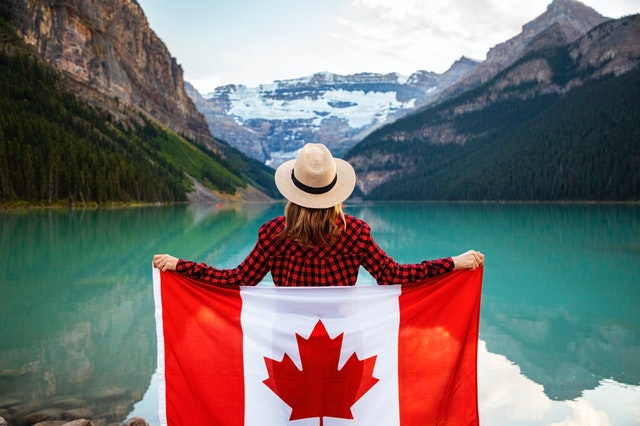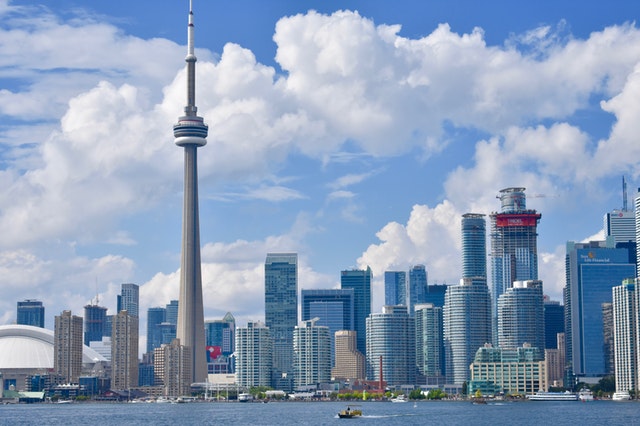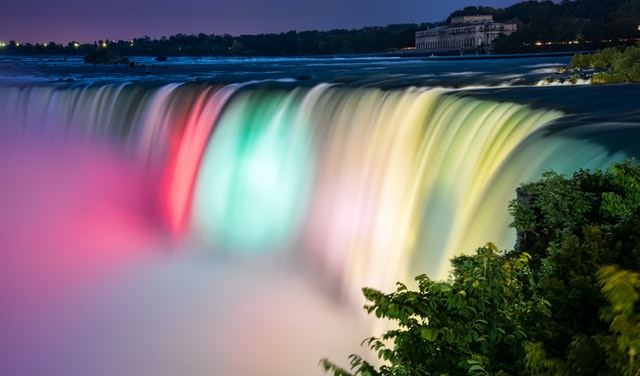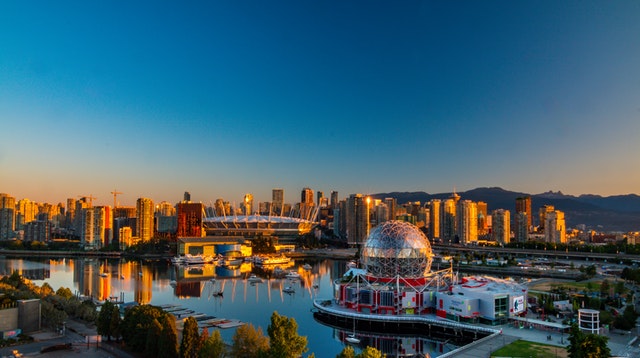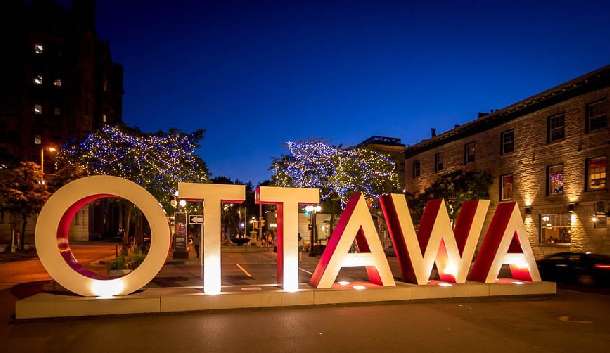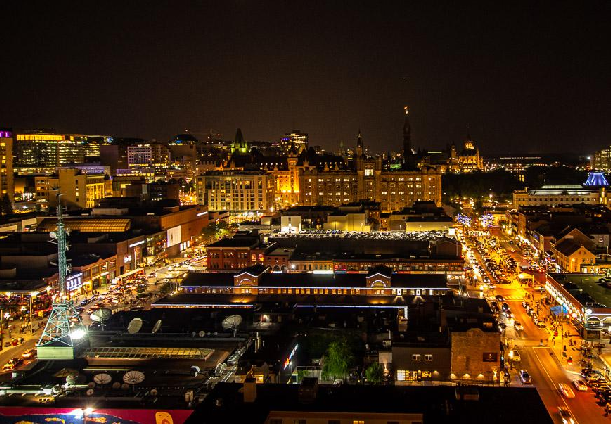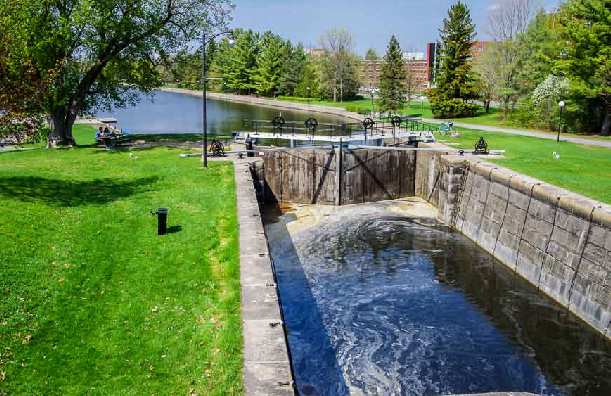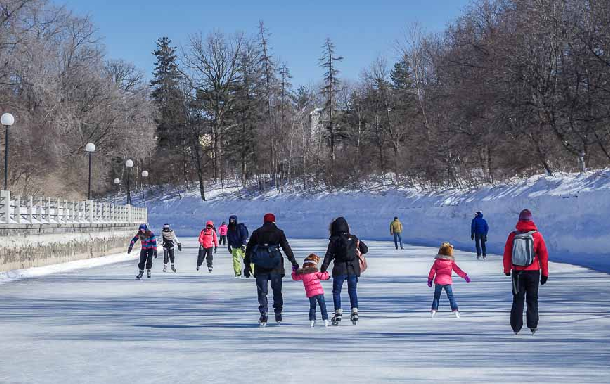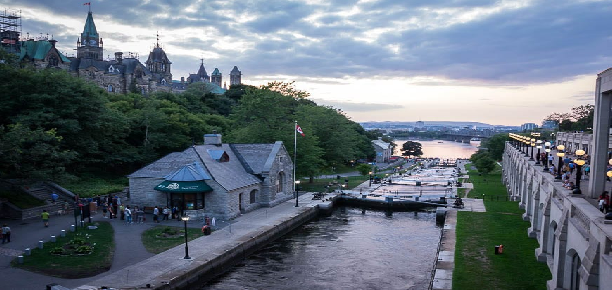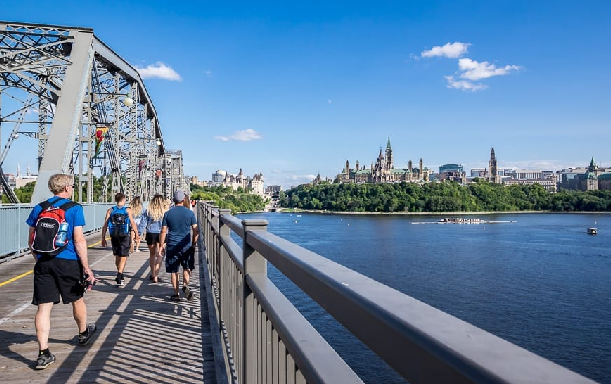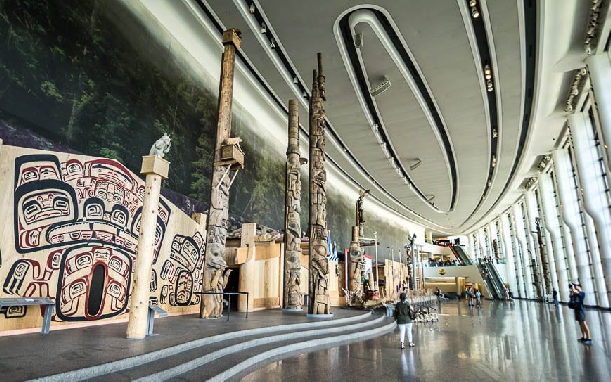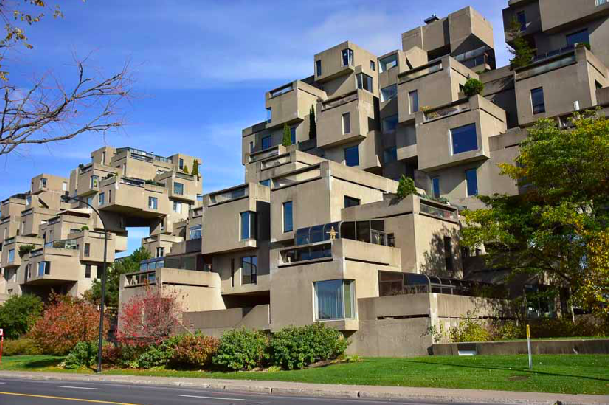Canada is the world's tenth-largest economy as of 2018, with a nominal GDP of approximately
US$1.73 trillion. It is one of the least corrupt countries in the world and is one of the world's top ten trading nations, with a highly globalized economy. Canada has a mixed economy ranking above the U.S. and most western European nations on The Heritage Foundation’s Index of Economic Freedom and experiencing a relatively low level of income disparity. The country's average
household disposable income per capita is "well above" the OECD average. The Toronto Stock
Exchange is the ninth-largest stock exchange in the world by market capitalization, listing over 1,500
companies with a combined market capitalization of over US$2 trillion.
In 2018, Canadian trade in goods and services reached CA$1.5 trillion. Canada's exports totalled
over CA$585 billion, while its imported goods were worth over CA$607 billion, of which
approximately CA$391 billion originated from the United States, CA$216 billion from non-U.S.
sources. In 2018, Canada had a trade deficit in goods of CA$22 billion and a trade deficit in services
of CA$25 billion.
Healthcare in Canada is delivered through the provincial and territorial systems of publicly funded
health care, informally called Medicare. It is guided by the provisions of the Canada Health Act of
1984, and is universal. Universal access to publicly funded health services "is often considered by
Canadians as a fundamental value that ensures national health care insurance for everyone
wherever they live in the country. However, 30 percent of Canadians' healthcare is paid for through
the private sector. This mostly goes towards services not covered or partially covered by Medicare,
such as prescription drugs, optometry, and dentistry. Approximately 65 to 75 percent of Canadians
have some form of supplementary health insurance related to the aforementioned reasons; many
receive it through their employers or utilizes secondary social service programs related to extended
coverage for families receiving social assistance or vulnerable demographics, such as seniors,
minors, and those with disabilities.
Education in Canada is for the most part provided publicly, funded and overseen
by federal, provincial, and local governments. Education is within provincial jurisdiction and the
curriculum is overseen by the province. Education in Canada is generally divided into primary
education, followed by secondary education and post-secondary. Education in both English and
French is available in most places across Canada. Canadian provinces and territories are
responsible for education provision. Canada has a large number of Universities, almost all of which
are publicly funded. Established in 1663, Universite Laval is the oldest post-secondary institution in
Canada. The largest university is the University of Toronto with over 85,000 students. Four
universities are regularly ranked among the top 100 world-wide, namely University of
Toronto, University of British Columbia, McGill University and McMaster University, with a total of
18 universities ranked in the top 500 worldwide.
According to a 2019 report by the OECD, Canada is one of the most educated countries in the
world; the country ranks first worldwide in the number of adults having tertiary education, with over
56 percent of Canadian adults having attained at least an undergraduate college or university
degree. Canada spends about 5.3 percent of its GDP on education. The country invests heavily in
tertiary education (more than US$20,000 per student). As of 2014, 89 percent of adults aged 25 to
64 have earned the equivalent of a high-school degree, compared to an OECD average of 75
percent.
The mandatory education age ranges between 5–7 to 16–18 years, contributing to an adult literacy
rate of 99 percent. Just over 60,000 children are homeschooled as of 2016. In 2002, 43 percent of
Canadians aged 25 to 64 possessed a post-secondary education; for those aged 25 to 34, the rate
of post-secondary education reached 51 percent. The Programme for International Student
Assessment indicates Canadian students perform well above the OECD average, particularly in
mathematics, science, and reading, ranking the overall knowledge and skills of Canadian 15-year-
olds as the sixth-best in the world. Canada is a well-performing OECD country in reading literacy,
mathematics, and science with the average student scoring 523.7, compared with the OECD
average of 493 in 2015.
